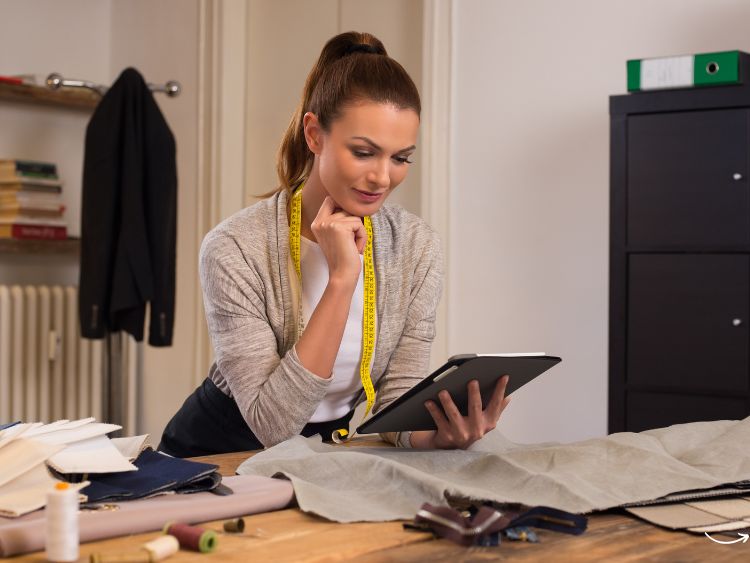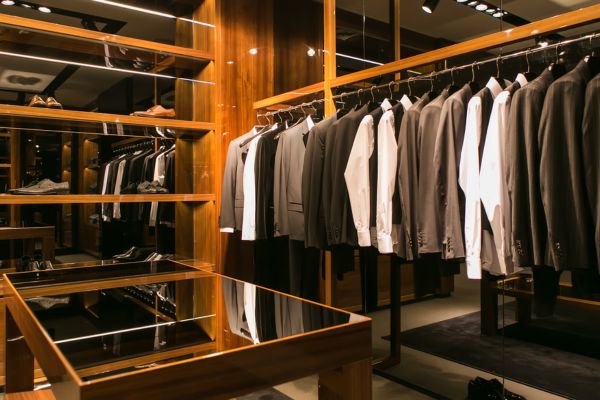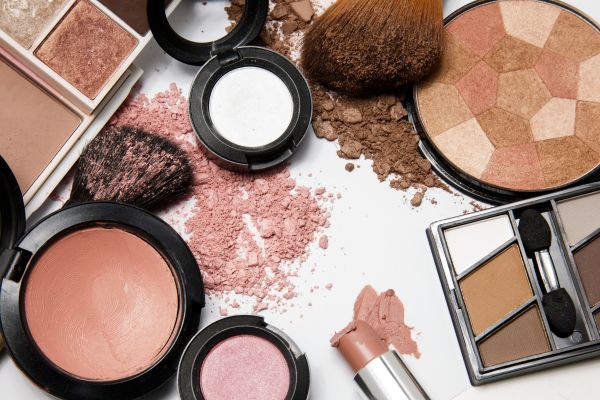Fashion design pictures serve as a powerful visual medium to showcase creativity, trends, and the intricate details that define the fashion industry. They are more than just images; they capture the essence of style, tell stories, and inspire millions. Whether you’re a budding designer, a fashion enthusiast, or someone simply appreciating the art, understanding the role and impact of fashion design pictures is essential. Let’s dive into the vibrant world of fashion through these captivating visuals.
The Power of Visual Storytelling
Fashion design pictures play a pivotal role in visual storytelling. They convey a designer’s vision, highlight the textures and colors of fabrics, and bring concepts to life. Here’s why they’re so important:
Capturing Trends
- Trendsetting: Fashion photos set trends by showcasing the latest styles, influencing public perception, and dictating what’s in vogue.
- Inspiration: Designers and fashion enthusiasts look to these images for inspiration, sparking new ideas and innovations.
Emotional Connection
- Relatability: Pictures evoke emotions and create a connection between the viewer and the design. A well-shot image can make a viewer feel the elegance, edginess, or comfort of a garment.
- Narrative: Each picture tells a story, from the mood and setting to the poses and expressions of the models.
Marketing and Branding
- Brand Identity: Images help establish and reinforce a brand’s identity. They communicate the brand’s aesthetic, values, and unique selling points.
- Engagement: High-quality, visually appealing photos attract and engage audiences, driving traffic and sales.
Key Elements of Compelling Fashion Design Pictures
Creating compelling fashion design pictures involves several key elements. Let’s break them down:
Composition
- Framing: Effective use of framing draws attention to the design. It involves positioning the subject within the image in a way that highlights the key features of the garment.
- Balance: Symmetry and balance in the photo ensure that no part of the image feels overcrowded or neglected.
Lighting
- Natural Light: Utilizing natural light enhances the colors and textures of the fabric, giving a more authentic look.
- Studio Lighting: Controlled lighting in a studio setting helps in highlighting specific aspects of the design, like intricate details or unique patterns.
Model and Pose
- Expression: The model’s expression can convey the intended mood of the design, be it playful, serious, or romantic.
- Pose: Different poses can highlight various aspects of the garment, such as the flow of a dress or the fit of a suit.
Background and Setting
- Context: The background and setting should complement the outfit. A beach setting for a summer collection or an urban backdrop for streetwear provides context to the design.
- Contrast: A contrasting background can make the design stand out, drawing the viewer’s attention to the garment.
The Evolution of Fashion Photography
Fashion photography has evolved significantly over the decades. Here’s a quick look at its journey:
Early 20th Century
- Black and White Era: Early fashion photos were often in black and white, focusing on the form and structure of the garments.
- Studio Shoots: Most shoots were conducted in studios with controlled lighting and simple backdrops.
Mid 20th Century
- Color Photography: The advent of color photography added a new dimension, highlighting the vibrant hues of fabrics.
- Editorial Style: Fashion magazines like Vogue and Harper’s Bazaar began to influence the style of fashion photography, introducing more artistic and narrative-driven images.
Late 20th Century to Present
- Digital Revolution: Digital photography and editing tools have transformed fashion photography, allowing for more creativity and precision.
- Diversity and Inclusion: There’s a growing emphasis on diversity, showcasing models of different ethnicities, sizes, and backgrounds.
Tips for Aspiring Fashion Photographers
If you’re an aspiring fashion photographer, here are some tips to get started:
Invest in Quality Equipment
- Camera: Invest in a good DSLR or mirrorless camera with high resolution and dynamic range.
- Lenses: Different lenses offer varied perspectives. A prime lens is great for portraits, while a wide-angle lens captures more of the scene.
Understand Lighting
- Natural vs. Artificial: Learn to balance natural and artificial light to create the desired effect.
- Modifiers: Use reflectors and diffusers to soften or redirect light as needed.
Practice Composition
- Rule of Thirds: Use the rule of thirds to create balanced and interesting compositions.
- Angles: Experiment with different angles to find the most flattering perspectives for your subject.
Build a Portfolio
- Diverse Shots: Include a variety of styles, settings, and models in your portfolio to showcase your versatility.
- Quality over Quantity: Focus on quality shots that highlight your skills and vision rather than a large number of mediocre images.
FAQs
What are fashion design pictures?
Fashion design pictures are images that showcase fashion designs, highlighting the details, colors, and style of garments.
Why are fashion design pictures important?
They play a crucial role in visual storytelling, marketing, and branding, and they help set and spread fashion trends.
How can I improve my fashion photography skills?
Invest in quality equipment, understand lighting, practice composition, and build a diverse portfolio.
What should I focus on when taking fashion design pictures?
Focus on composition, lighting, the model’s pose, and the background to create compelling and engaging images.
Conclusion
Fashion design pictures are an integral part of the fashion industry. They not only showcase the beauty and intricacy of designs but also tell stories, set trends, and create emotional connections. Whether you’re a designer, photographer, or fashion enthusiast, understanding the elements that make a great fashion photo is key to appreciating and creating stunning visuals. So, grab your camera, find your muse, and start capturing the essence of fashion one picture at a time.



